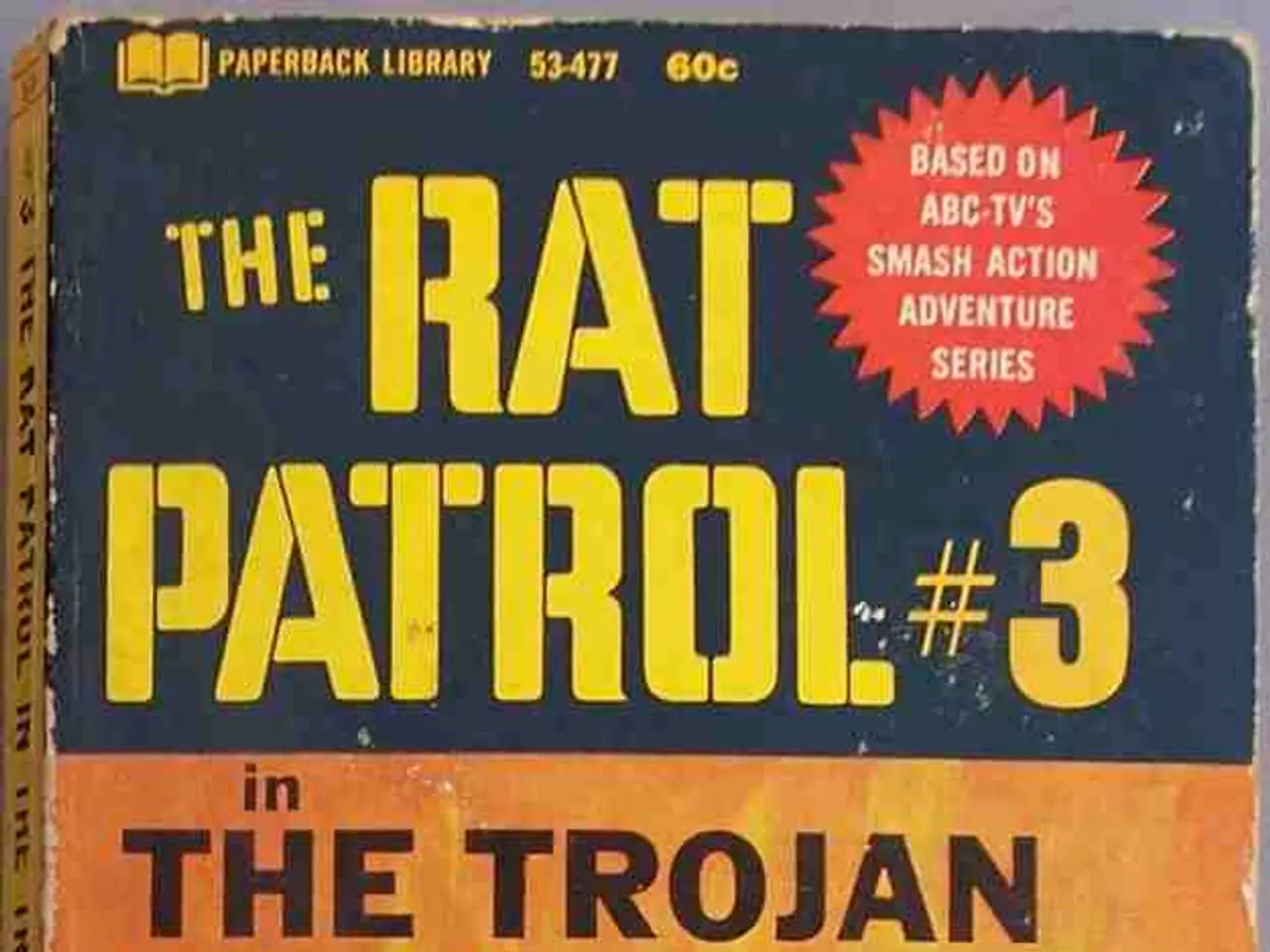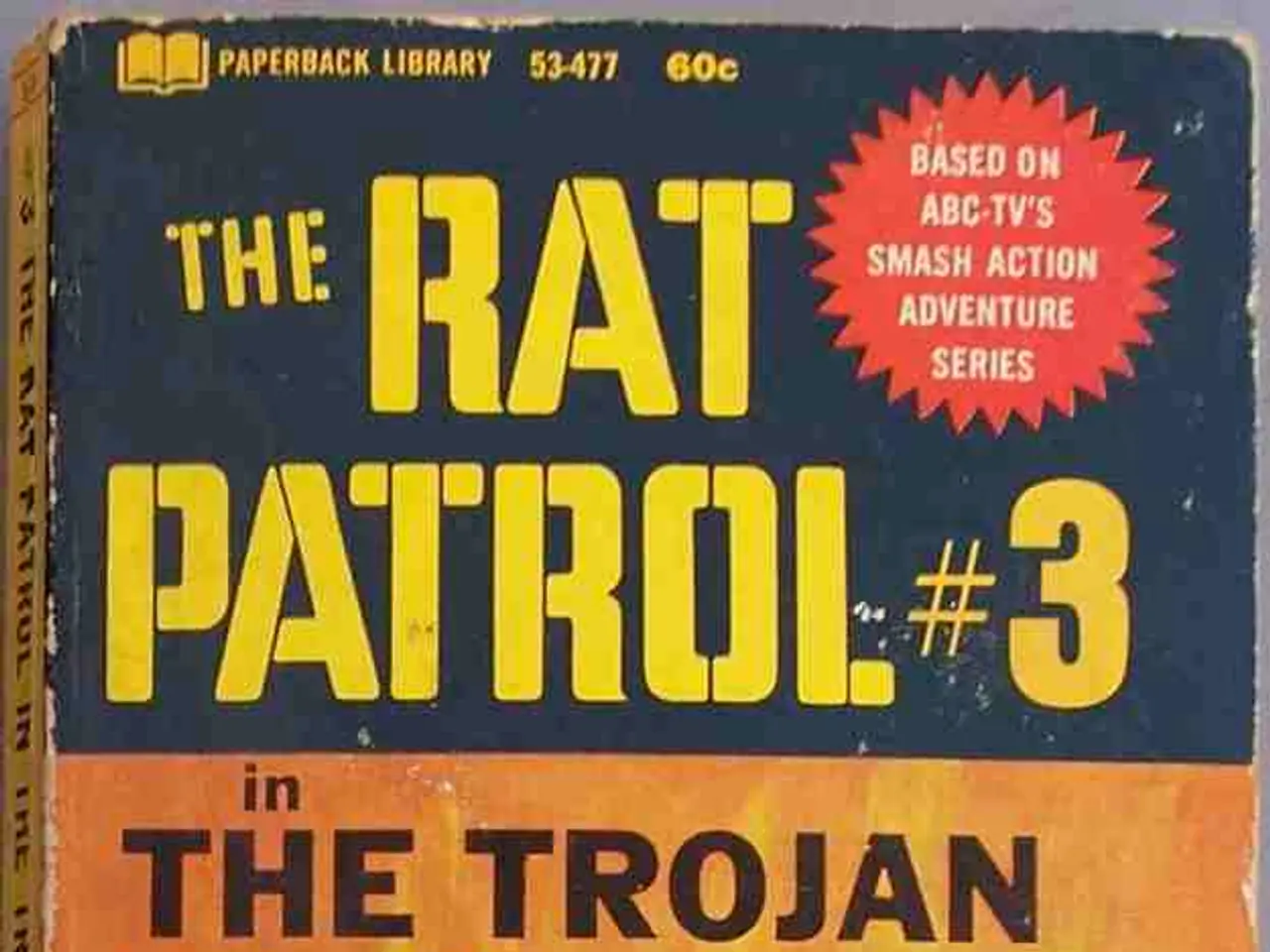Seizing Arms and Munitions on May 13, 1945, in Bozen (Italy)
In the aftermath of the 1943 armistice between Italy and the Allies, a significant event unfolded in Bolzano, a major town in South Tyrol. German Wehrmacht soldiers began surrendering their weapons, ammunition, and equipment, marking a crucial step towards disarmament in the region.
The surrendered items were gathered in Bolzano for collection and transportation. German soldiers could be seen loading trucks at Bolzano Hospital, with machine guns, hand grenades, and other ammunition among the surrendered goods. Recovering soldiers were present, observing the process.
Weapons were also found in various hiding places throughout the city. The collection and transportation of these surrendered items were ongoing, with the objective of ensuring they were safely removed from the area.
This general pattern of disarmament and materiel control was not unique to Bolzano. Across liberated Italy, German Wehrmacht units surrendered their weapons throughout the country, following established protocols. Allied or Italian forces were responsible for the seizure of materiel at Wehrmacht depots, barracks, and military facilities in key towns. The collected equipment was then transported via military trucks or rail lines to Allied-controlled depots or disposal sites.
Local resistance groups sometimes assisted in securing German equipment to prevent its re-use. The collected items were catalogued, inventoried, and either appropriated, destroyed, or repurposed by the Allies.
The 1945 Allies’ occupation of Austria and the return of South Tyrol to Italy confirmed Italian administration, which would have included handling German war materiel on Italian soil. However, detailed archival evidence or direct descriptions specific to Bolzano were not found within the search results. For precise procedures and accounts, one would typically refer to local wartime archives, military administration records, or memoirs of the local resistance around Bolzano at the time of the armistice.
In summary, the surrender and collection of German Wehrmacht weapons, ammunition, and equipment in Bolzano followed established protocols for disarmament and materiel control in liberated Italy. The process involved the gathering, transportation, and eventual handling of these items by Allied or Italian forces, ensuring the safe removal of potentially dangerous materiel from the region.
- During the process of disarmament in Bolzano, after the 1943 armistice, sports equipment, albeit unintended, could have potentially been found among the surrendered goods, as various hiding places throughout the city were searched.
- In a broader sense, the history of war-and-conflicts in Italy, as witnessed in Bolzano, is intrinsically linked to politics and general news, as the collected German war materiel was subject to cataloguing, inventory, appropriation, destruction, or repurposing by the Allies, offering valuable insights into the post-armistice era.







